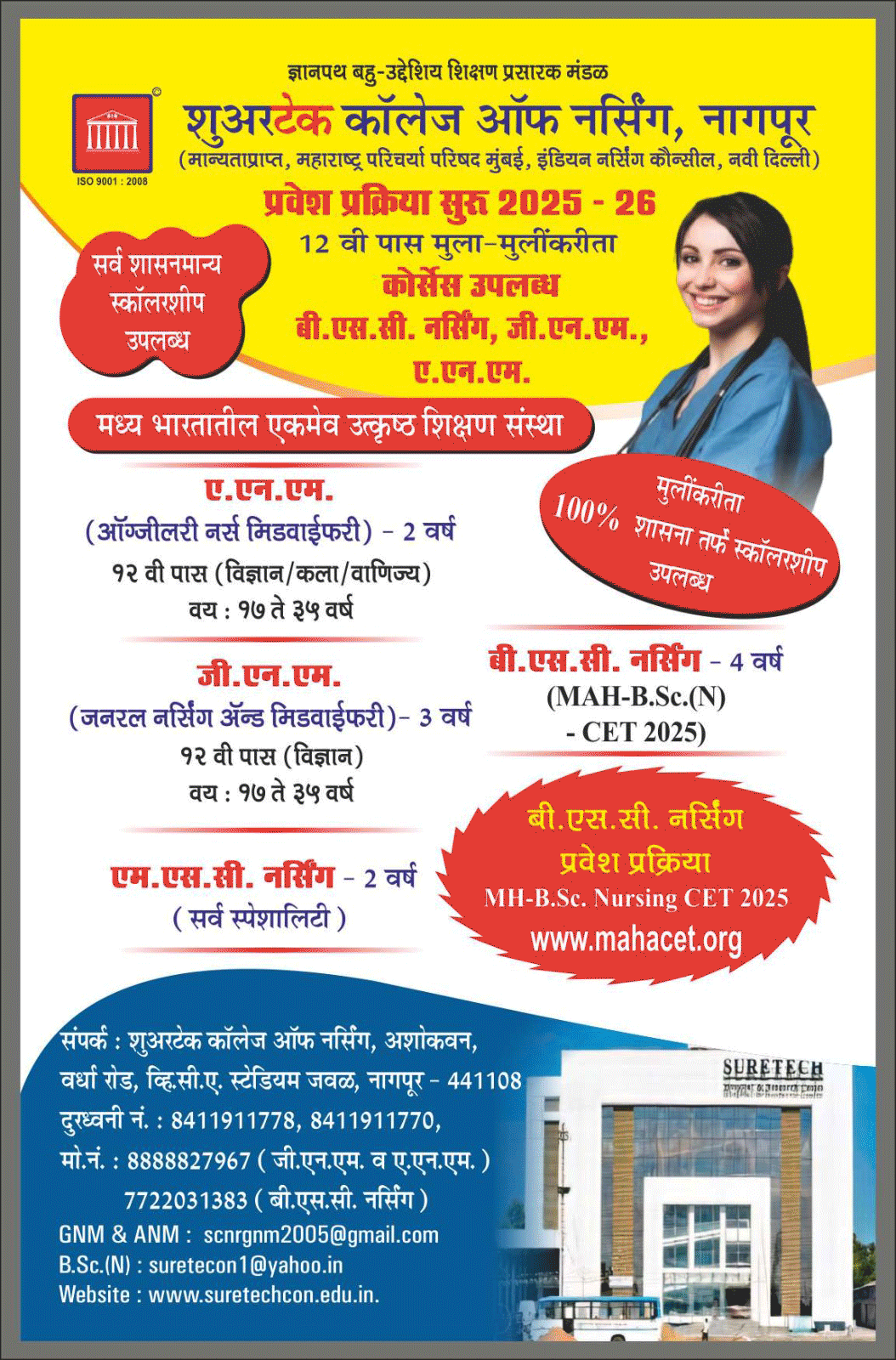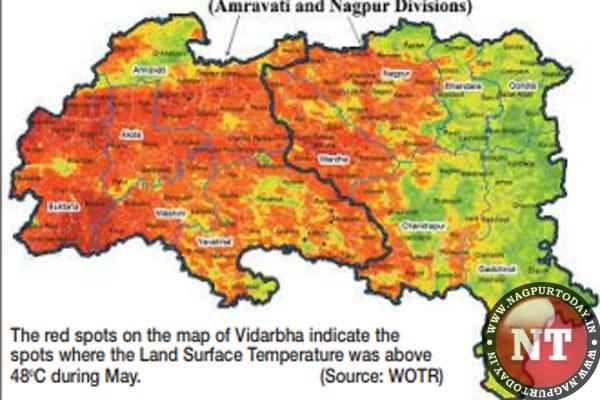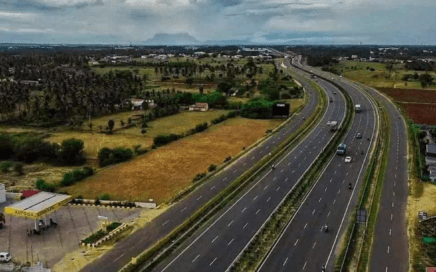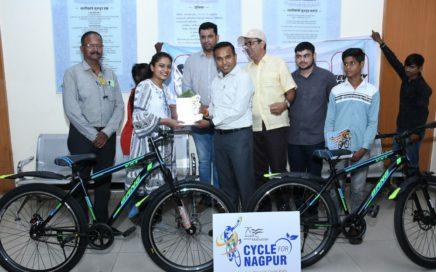Nagpur: A recent study conducted by the Watershed Organisation Trust’s Centre for Resilience Studies has revealed alarming levels of Land Surface Temperature (LST) in Vidarbha, with temperatures soaring as high as 48°C in May.
The significant increase in LST within a span of two weeks, from 38°C in the first week of May, highlights a concerning trend of rapidly escalating temperatures. The study utilized data from the Moderate Resolution Imaging Spectroradiometer (MODIS), an instrumental tool aboard the Terra and Aqua satellites.
A closer examination of the LST map unveiled regions experiencing drastic rises in temperatures. These areas include Narkhed, Katol, Saoner, Mauda, and Nagpur Rural in Nagpur district; Arvi, Wardha, Deoli, Hinganghat, and Ashti in Wardha district; Korpana in Chandrapur district; the entire Buldhana district; all blocks of Akola district except Partur and Barshitakali blocks; Anjangaon Surji, Daryapur, and Morshi in Amravati district; and Risod, Malegaon, and Washim in Washim district, as well as Ralegaon and Maregaon in Yavatmal district.
However, regions with forests and dense vegetation, such as portions of Gondia and Gadchiroli districts, exhibited comparatively lower LST due to the cooling effect of ample vegetation cover, as highlighted in the study report. The rise in LST levels poses risks to soil health, water resources, agriculture, and the overall environmental balance. Higher LST can lead to a loss of microbes and moisture in the soil, potentially affecting crop yields in the Vidarbha region.
LST serves as a critical parameter for monitoring global changes, including heat flux and surface temperature. It provides valuable insights into surface energy balance, environmental climate change, ecosystem dynamics, and natural resource management. The study emphasized that the increase in LST is linked to extreme weather phenomena such as droughts and heatwaves, which have severe negative impacts on ecosystems, livelihoods, and biodiversity.
The report further explained that multiple factors influence the LST of a specific location, including surface air temperature, soil moisture, soil roughness, vegetation type, elevation, and the balance between shortwave and longwave radiation. These elements collectively contribute to the determination of LST and its variations across different regions. Similar increases in LST were also observed in Marathwada, Konkan, and parts of western Maharashtra, indicating the widespread impacts of rising temperatures on both rural and urban areas, posing threats to crop yields, livelihoods, and ecosystems.
The study stressed the urgent need for mitigating and adapting to these temperature increases. It recommended implementing efficient water resource management, adopting sustainable agricultural practices, and enhancing preparedness for heatwaves. Additionally, global efforts to reduce greenhouse gas emissions and combat climate change are deemed crucial for long-term mitigation of LST rise, as highlighted in the report.















